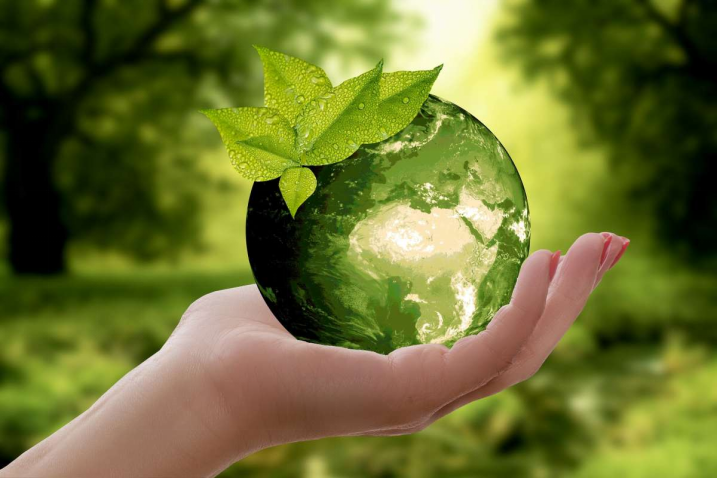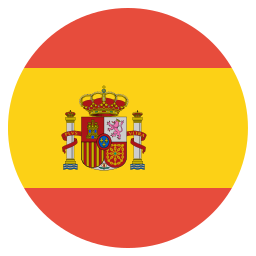Water is essential for life, but not all water is equally safe or beneficial for consumption. With concerns about water contamination and health risks, people often wonder: Is tap water safe to drink? Is bottled water better? Or is an RO water purifier the best choice?
Each water source – tap bottled, and Reverse Osmosis (RO) purified water - has advantages and disadvantages. In this article, we’ll compare these three options based on safety, purity, cost, environmental impact, and overall health benefits to determine which one is the best choice for your household.
1. Understanding the Three Water Sources
Tap Water
✔ Supplied by municipal treatment plants.
✔ Contains chlorine and fluoride for disinfection.
✔ May still have heavy metals, bacteria, pesticides, and microplastics due to aging pipelines and pollution.
Bottled Water
✔ Often marketed as “pure” and “healthy”.
✔ May come from natural springs, wells, or simply filtered tap water.
✔ Typically treated with ozone or UV light but may still contain microplastics or chemical contaminants.
RO Purified Water
✔ Processed through Reverse Osmosis (RO) filtration.
✔ Removes up to 99% of contaminants, including bacteria, viruses, heavy metals, and dissolved salts.
✔ Ensures clean, fresh-tasting water with controlled mineral content.
Understanding the differences between these water sources can help you make an informed choice based on safety, cost, and environmental impact.
2. Water Purity & Safety – Which is the Cleanest?

Tap Water: Not Always Safe
✔ While municipal water is treated, contaminants like lead, arsenic, nitrates, and chlorine by-products may still be present.
✔ Aging pipelines can introduce heavy metals and bacteria.
✔ Can have a chlorine taste or odor, making it less appealing.
Bottled Water: Not as Pure as You Think
✔ Some brands simply filter tap water and sell it at a premium.
✔ Can contain microplastics, BPA, and chemical leaching from plastic bottles.
✔ Not all bottled water undergoes rigorous testing for contaminants.
RO Purified Water: The Best in Purity
✔ Removes up to 99% of harmful contaminants including bacteria, viruses, chlorine, fluoride, and heavy metals.
✔ Provides consistently clean and safe drinking water.
✔ Some RO systems reintroduce essential minerals for better taste and health benefits.
RO water is the cleanest and safest option, as it eliminates contaminants present in tap and bottled water.
3. Cost Comparison – Which is More Affordable?
| Water Source | Average Cost Per Gallon | Annual Cost for a Family of Four |
| Tap Water | $0.002 | $3–$5 |
| Bottled Water | $1–$3 | $1,500–$3,000 |
| RO Purified Water | $0.10–$0.50 | $100–$200 (after initial investment) |
✔ Tap water is the cheapest but may require additional filtration.
✔ Bottled water is the most expensive, costing hundreds to thousands per year.
✔ RO water is cost-effective, especially in the long run.
4. Environmental Impact – Which is the Most Eco-Friendly?

Tap Water: The Greenest Choice
✔ No plastic waste.
✔ Requires less energy for production and transportation.
✔ Can be purified further using an RO system or activated carbon filter.
Bottled Water: Major Environmental Concerns
❌ Produces millions of plastic waste bottles annually.
❌ Uses fossil fuels and energy-intensive processes for bottling and transport.
❌ Over 80% of plastic bottles are not recycled, ending up in landfills and oceans.
RO Purified Water: Eco-Friendly With Proper Management
✔ Reduces reliance on bottled water.
✔ Some water is wasted during filtration, but modern RO systems minimize waste.
✔ Zero-waste RO models recycle wastewater internally.
5. Health Benefits – Which Water is Best for Your Body?
Tap Water: May Contain Harmful Additives
✔ Contains chlorine and fluoride, which may have long-term health effects.
✔ Can have lead and heavy metal contamination from old pipes.
✔ May not be suitable for people with immune system disorders.
Bottled Water: Unregulated Risks
✔ Can contain microplastics, BPAs, and unknown chemical contaminants.
✔ Some bottled waters lack essential minerals and may be no better than filtered tap water.
✔ Higher risk of bacteria growth in reused plastic bottles.
RO Purified Water: The Healthiest Choice
✔ Removes toxic substances, pesticides, heavy metals, and bacteria.
✔ Ensures safe hydration for all age groups, including children and elderly.
✔ Some RO purifiers include mineralization technology to enhance health benefits.
Final Recommendation:
✔ If you have access to high-quality tap water, filtering it with an RO system is the best and most eco-friendly choice.
✔ If tap water is unreliable or contaminated, an RO purifier is essential for safe drinking water.
✔ Avoid bottled water due to its high cost and negative environmental impact.
----------------------------------------------------------------------------------
SANAKY VIETNAM., CO LTD- Manufacturer of Power, Distribution and Dry-type Transformer as well as RO Water Purifier, Chest Freezer - Upright Cooler, ...
☎ Hotline: (+84) 986 484 544
? hank@sanaky-vn.com
? www.sanaky-vn.com
 Vietnamese
Vietnamese  English
English  Chinese
Chinese  French
French  Spanish
Spanish  Russian
Russian  Arabic
Arabic  Portuguese
Portuguese